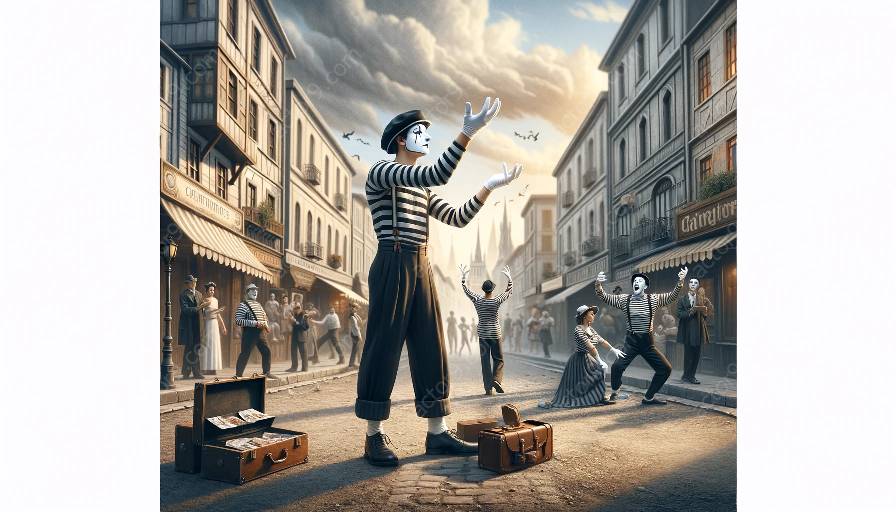The influence of Mime on modern theater and acting is profound and multifaceted, intertwining with body language, expression in mime, and physical comedy to enrich contemporary performances.
Exploring the Influence of Mime
Mime, as an art form, has a long and rich history. Originating from ancient Greece and reaching its zenith in the Roman Empire, mime has continually evolved over the centuries. Its impact on modern theater and acting is undeniable, as it has contributed to shaping the expression of body language, non-verbal communication, and physical comedy on stage.
Body Language and Expression in Mime
Body language is a crucial element in both mime and modern theater. Through mime, performers learn to convey emotions, actions, and narratives without the use of words. The incorporation of this skill into contemporary acting has elevated the significance of non-verbal communication, allowing for a deeper connection between performers and audiences. Mime has expanded the repertoire of body language expression, enabling actors to convey nuanced messages through physical movements, gestures, and facial expressions.
Mime and Physical Comedy
Physical comedy, a beloved feature of both classic and modern theater, owes much to the influence of mime. Mime techniques, such as exaggerated movements, precise timing, and comedic gestures, are integrated into physical comedy performances. Comedians and actors draw inspiration from the art of mime to create engaging and entertaining scenes that rely on physicality and expressive movements, often eliciting laughter and amusement from audiences.


























